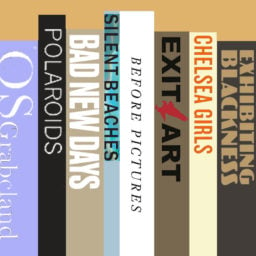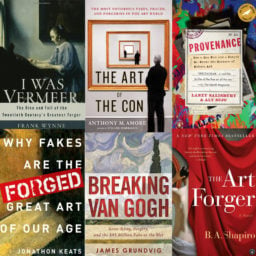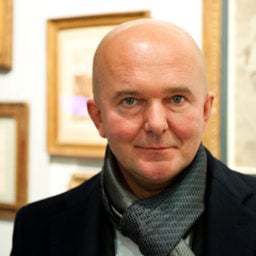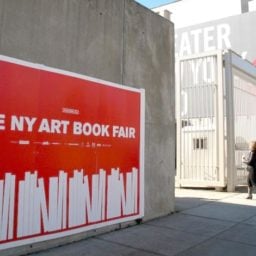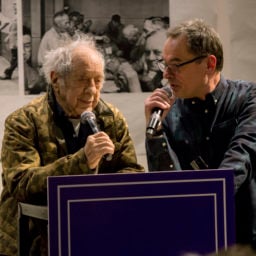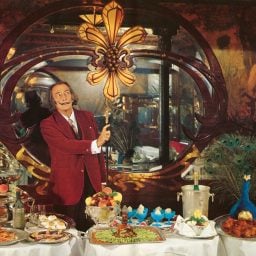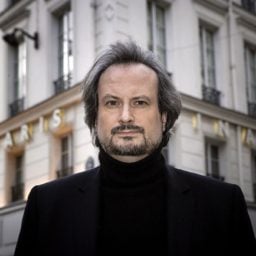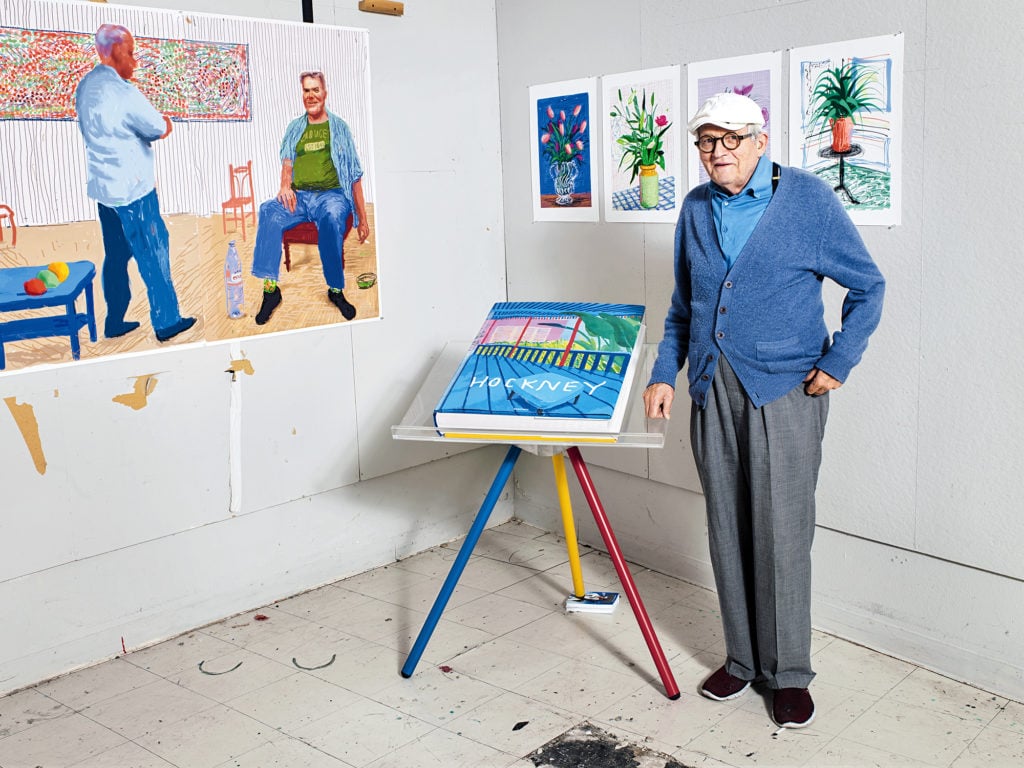

Art books are niche products: Hardly anyone reads them, you can’t make money with them, and anyway, there’s the Internet. And yet, more and more galleries have begun producing books. Why?
A spectacular high point of this year’s Frankfurt Book Fair—the largest international meeting of the industry—came when David Hockney and his publisher Benedikt Taschen presented A Bigger Book (500 pages, 35 kilograms) to a large audience of journalists and fans. With this $2,000 supersized art book Taschen has landed another coup, underlining the special status that the imprint he founded in Cologne in 1980 has gained: Its sales strategy includes a chain of boutique stores in cities like Paris, New York, Los Angeles, London, and Brussels, with interiors designed by artists and designers including Philippe Starck, Beatriz Milhazes, and Albert Oehlen.
The excitement surrounding Hockney’s mammoth publication also shows how important the expensive and essentially anachronistic medium of the book still is for today’s art business. Even in the Internet age, or perhaps especially in these times, the monograph is a hard currency in the competition for any artist’s visibility, the underlying imperative being “publish or perish.”
This might also partly explain the eagerness of big international galleries like David Zwirner, Hauser & Wirth, or Gagosian to enter the book business. And just like traditional publishing houses, these galleries now print their own publications catalogues, take part in trade fairs such as the Art Book Fair in New York and Los Angeles (that used to be for small and independent publishers), or open outlets of their own. Take for example the bookshop at Hauser Wirth & Schimmel, which opened this past spring in LA as a joint venture between the gallery and the art book distributor Distributed Art Publishers (D.A.P.) that also runs museum bookstores.
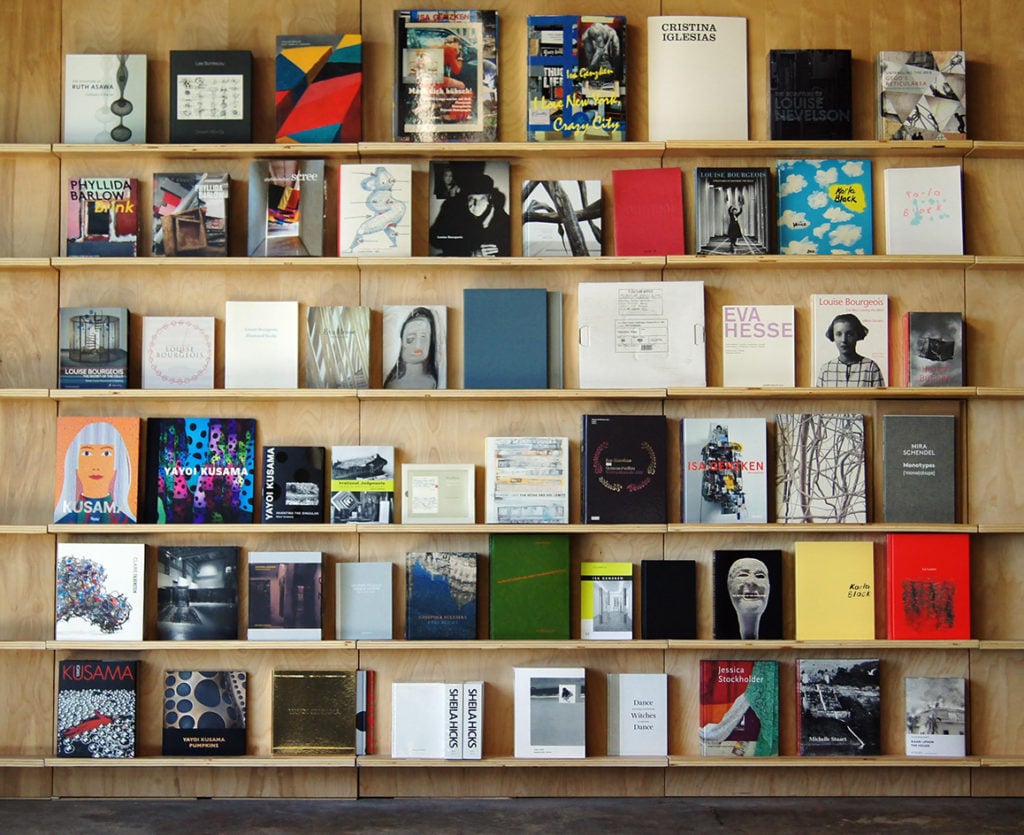
Artbook at Hauser Wirth & Schimmel, Los Angeles, is four times the size of their MoMA PS1 store.
The art market appears to be positively high on books. But, again, why enter publishing now, a faltering field that’s economically unviable? Is the galleries’ enthusiasm for printed matter simply the flipside of a plight that has befallen the art book sector as a whole? Or is it about conquering the symbolic realm of word and image, where claims must be staked in the fight for artists and collectors?
What’s certain is that books help to further blur the already fluid line between the commercial and non-commercial—or symbolic—aspects of value-making.
The former Frankfurt art book publisher Christoph Keller once described this plight as follows: “Art books are not written to be read anymore, but to sanction artists’ work, to justify, increase or stabilize prices of artworks on the market, to establish artists’, dealers’, and collectors’ positions. While, in constantly decreasing numbers, books on contemporary art are still sold, even the procedure of selling those books to a very vague audience mainly serves the capitalist mechanics of the art market.”
In Keller’s view, the decline of the art book sector is reflected, among others, in the fees paid to writers, which lie far below those for designers, photographers or translators. Today, he writes, the only choice open to critics and theorists is “to remain within the academic ivory tower—or to survive by acting as willing servants of the art market without any chance to be financially rewarded anywhere close to artists, art dealers or to even the collecting speculators.”
Only a few people seem to be unaffected by this, like the philosopher and art theorist Boris Groys. As early as the 1990s, he claimed that the texts in art catalogues and magazines are not written to be read anyway, serving instead as “protective text clothes for artworks” that would otherwise be “exposed to the world, forlorn and naked.” The more incomprehensible the text, the better. In this light, an art catalogue is both indispensable and superfluous at the same time.
The economy on which the art book is based is as contradictory as its raison d’être. Apart from catalogues for popular exhibitions, art books hardly generate a profit. On the other hand, the art book sector is an exemplary nexus of the kinds of social, economic, cultural, and symbolic capital identified by the French sociologist and cultural theorist Pierre Bourdieu, revealing the book-related activity of major galleries as a sustainable business practice.
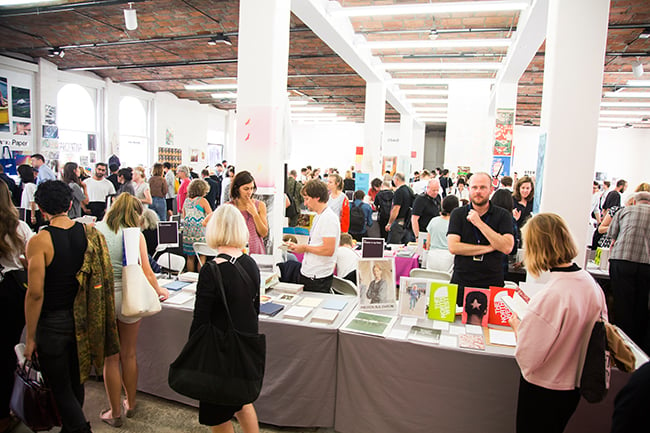
NY Art Book Fair 2016. Photo by Megan Mack.
Perhaps it’s not about the book itself, then, but about what can be achieved through it. It can be used to bind important artists to one’s own gallery, to communicate the availability of specific works to the market, and to promote and control an artist’s public reception. In Germany, it is not a gallerist but the collector and advertising agency founder Christian Boros who has turned his publishing house Distanz Verlag (founded in 2010 and run together with Uta Grosenick) into the ideal marketplace for the above-mentioned types of capital.
This game sometimes leads to confusing shifts in perception. As in the case of Homo Americanus, the brick of a catalogue for a recent Hamburg retrospective on American artist Raymond Pettibon, published by David Zwirner, whose gallery also represents this artist. Seen through the perspective of launching this mega-publication, the host venue, Hamburg’s Deichtorhallen, could be mistaken for a temporary extension of the global gallery brand.
It is no wonder, then, that an influential gallerist like Iwan Wirth holds publishing close to his heart. He considers it his duty to give the artists represented by Hauser & Wirth “the opportunity to create distinctive, high-quality presentations in print,” as he writes in the forward to the gallery’s publications catalogue for 2015/16. As of late, certain historically significant exhibitions have featured a separate “Book & Printed Matter Lab” focusing on the relationship between art and printed materials, as in the work of Allan Kaprow or Louise Bourgeois. This links back to the generation of artists of the 1960s and 1970s who established the making of self-published books, pamphlets, and posters as an artistic practice in its own right, in many cases independently of galleries and museums.
Ed Ruscha, for example, whose small book Twentysix Gasoline Stations (1963) is considered the first modern artist’s book, has said he wanted to make not a “precious limited edition book” but a “mass-produced product.” Of course, it came to be much sought-after by collectors and speculators nonetheless. Today, it seems, the art market loves books above all on account of their inscrutability: both vital and unnecessary, they continue to fuel the market with their paradoxical negative economy.
Translated from the German by Nicholas Grindell.


